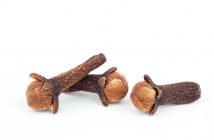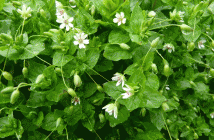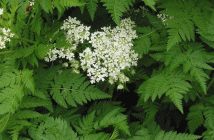 This plant has a yellow fibrous, biennial root, with an erect, smooth, quadrangular stem, with the angles winged, having many opposite branches, and growing from one to two feet in height. The leaves are opposite, fine-veined, smooth, entire, from one to five inches in length, and from half an inch to one and a half inches wide, clasping the stem. The flowers are numerous, from an inch and a quarter to an inch and a half in diameter, of a rich rose or carnation color, standing, as it were at the tops of one umbril or tuft, very like those of St. John’s wort, opening themselves in the day-time and closing at night, after which come seed in little short husks, in forms like unto wheat corn. There are three varieties of the Centaury in England, one kind bearing white flowers, another yellow, and another red. All have medicinal properties, although the Americna variety is considered preferable to the European Centaury.
This plant has a yellow fibrous, biennial root, with an erect, smooth, quadrangular stem, with the angles winged, having many opposite branches, and growing from one to two feet in height. The leaves are opposite, fine-veined, smooth, entire, from one to five inches in length, and from half an inch to one and a half inches wide, clasping the stem. The flowers are numerous, from an inch and a quarter to an inch and a half in diameter, of a rich rose or carnation color, standing, as it were at the tops of one umbril or tuft, very like those of St. John’s wort, opening themselves in the day-time and closing at night, after which come seed in little short husks, in forms like unto wheat corn. There are three varieties of the Centaury in England, one kind bearing white flowers, another yellow, and another red. All have medicinal properties, although the Americna variety is considered preferable to the European Centaury.
Sabatia Angularis (rosepink)
Share.



